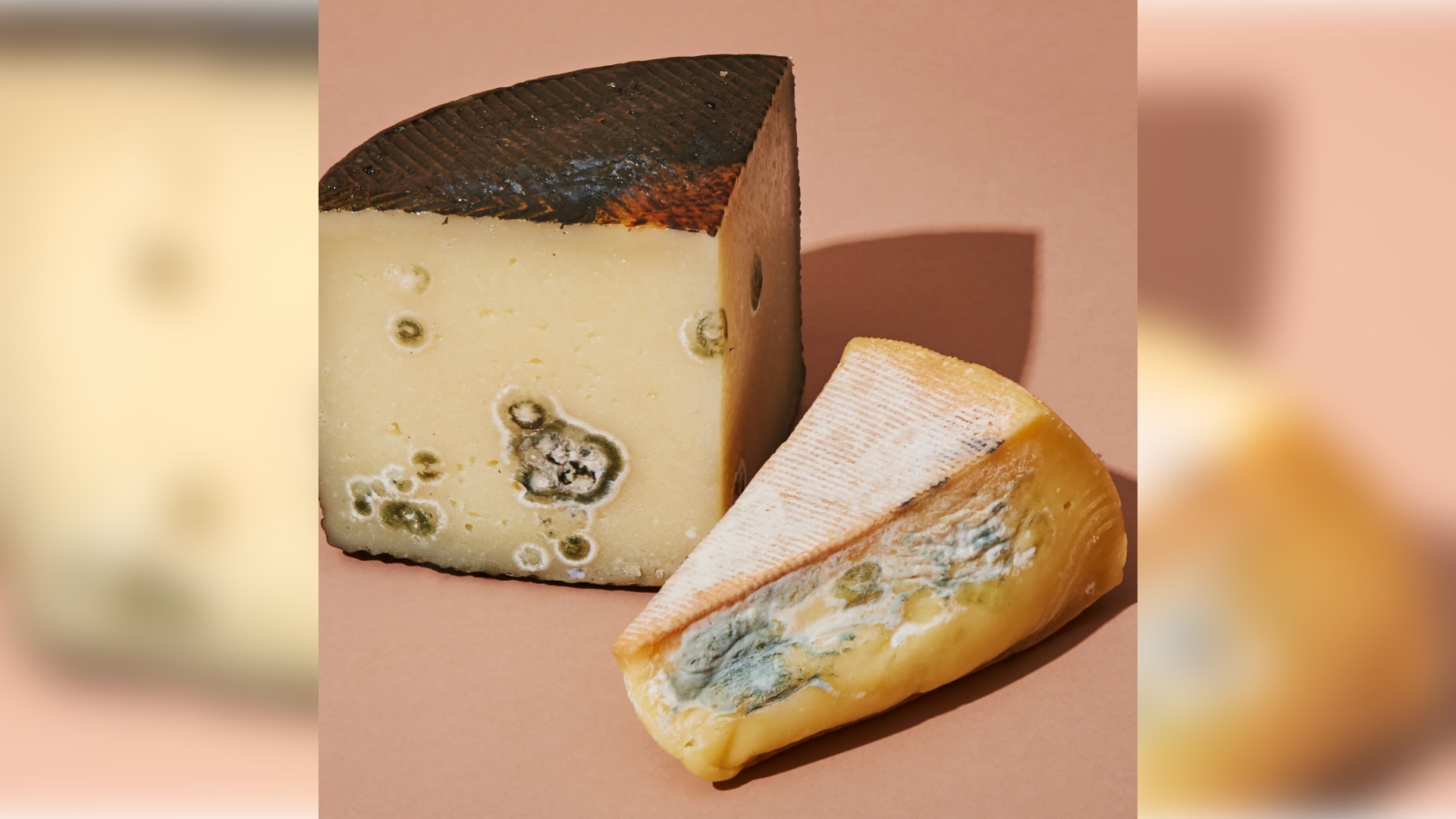Moldy Cheese Drama: Is It Safe to Eat After Cutting Off the Mold? 🧀 Instagram Can’t Agree!

Who doesn’t love cheese, right? I know I do! But let’s be real—sometimes we stock up on a little too much, forget it in the back of the fridge, and next thing you know, it’s covered in mold. Now, picture this: you’re making lasagna, only to realize you forgot fresh cheese, and all you’ve got is that moldy block. Do you use it or toss it?

There's a debate on Instagram about eating moldy cheese, and we're here to settle it! 🧀 Here’s the deal: not all cheeses are safe to eat once mold appears. Know the difference before you dig in! Soft cheeses like cottage cheese, cream cheese, and ricotta should go straight to the trash if mold shows up. And for shredded, crumbled, or sliced cheeses? Same story. With these types, the mold can spread deep within, bringing in harmful bacteria like listeria, salmonella, and E. coli.
In general, mold cannot get very far into hard or semisoft cheeses like Swiss, Parmesan, cheddar, and colby. so that the remaining cheese can be eaten after the moldy portion has been removed. Cut off the area below and around the moldy spot by at least 1 inch (2.5 cm). To prevent the knife from contaminating other cheese components, make sure it stays out of the mold.
Naturally, not every mold is dangerous. Brie and Camembert are two cheeses that are made with certain kinds of mold. Healthy adults can safely eat these molds. However, individuals with compromised immune systems, elderly individuals, pregnant women, newborns, and young children should steer clear of these cheeses, as well as other soft cheeses and cheeses prepared with unpasteurized milk.
Tossing the cheese is a safe option if you're unsure of its type or what to do if it develops mold.